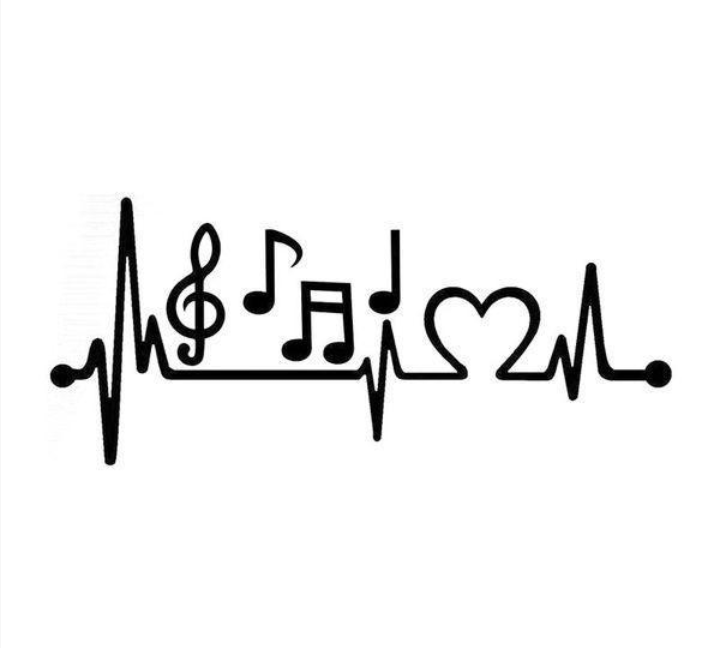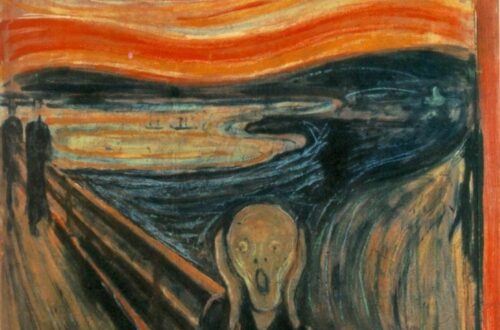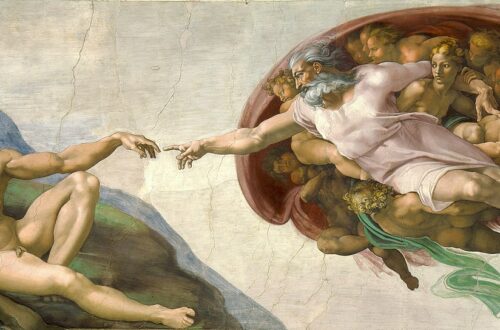
De Stijl: A brief history of the art movement
De Stijl is a Dutch art movement established in 1917 in the Neatherlands. To begin with, De Stijl which means style in Dutch, was first published as a magazine. The project was accomplished by the following ones:Theo van Duesburg, Piet Mondrian and Ban Van der Leck. It was Theo van Duesburg who launched the idea of this movement. Piet Mondrian is well known for his contribution to the world of art. From their perspective, there was a need of simplification. More specifically, what they truly wanted was people to use simple geometric composition that would exemplify the visual vocabulary and would make paintings “speak”.
Characteristics
Its hues are red, blue and yellow. With its gridded (only straight, horizontal and vertical) black lines, paintings can be now transformed into emotions and ideas .
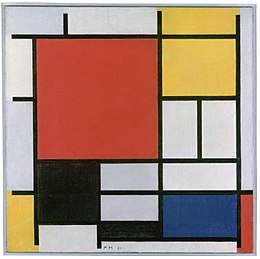
We speak of concrete and not abstract painting because nothing is more concrete, more real than a line, a color, a surface.
Theo Van Doesburg
Visit google arts and culture to see more paintings:https://artsandculture.google.com/asset/lozenge-composition-with-yellow-black-blue-red-and-gray-piet-mondrian-dutch-1872%E2%80%931944/hwEjfk4TcjZwgQ
Influence on Arts
Like many movements, De Stijl has appealed various forms of art, including design and architecture.
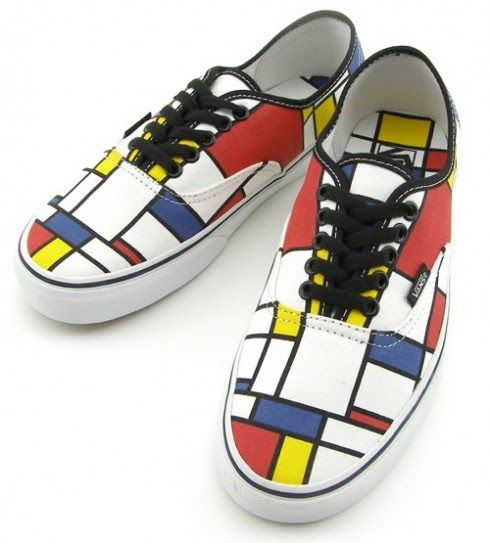
Van Doesburg’s use of only primary colours is a reflection of his wish to deconstruct painting to the most simple forms and colours.
Neo-plasticism
After a few decades, Piet Mondrian came up with a new movement known as Neo-plasticism.
“As a pure representation of the human mind, art will express itself in an aesthetically purified, that is to say, abstract form. The new plastic idea cannot therefore, take the form of a natural or concrete representation – this new plastic idea will ignore the particulars of appearance, that is to say, natural form and colour. On the contrary it should find its expression in the abstraction of form and colour, that is to say, in the straight line and the clearly defined primary colour.”
Piet Mondrian
References: https://www.artsy.net/gene/de-stijl

